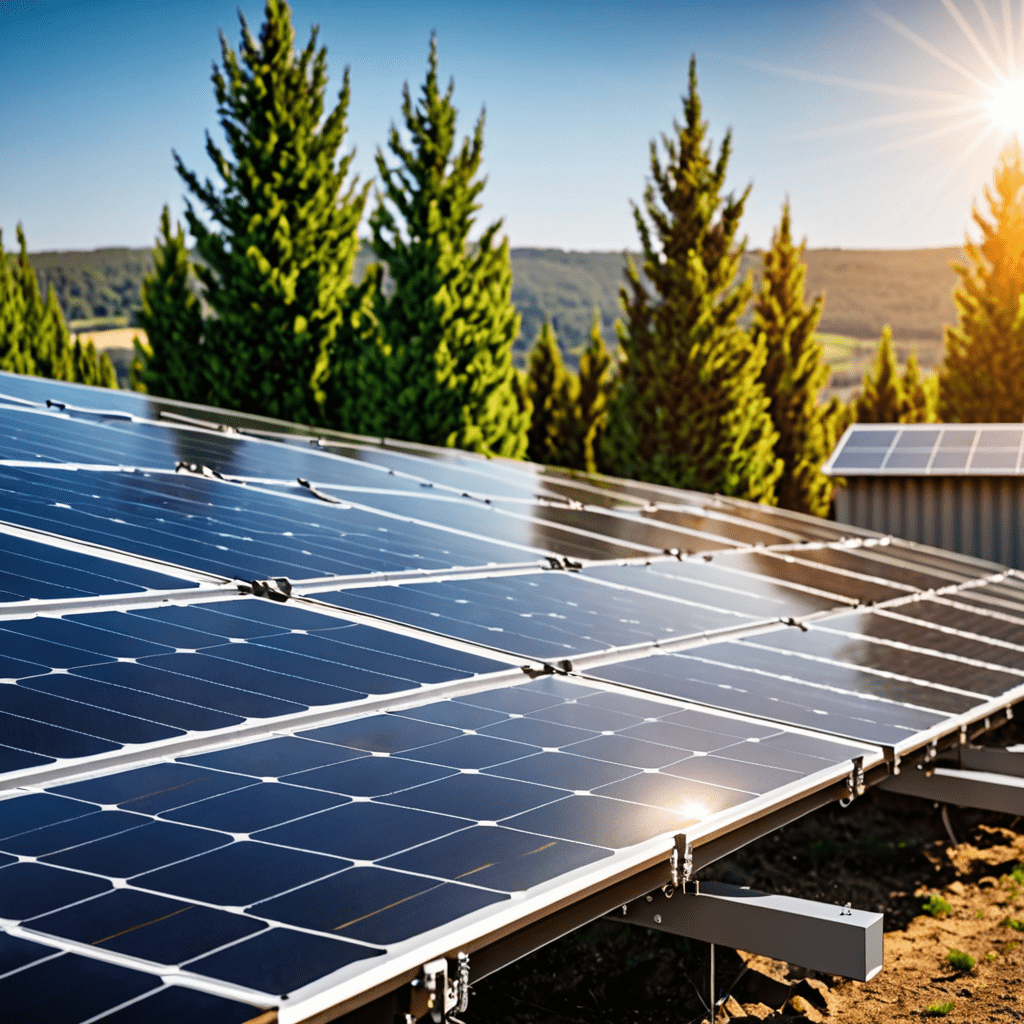The Technological Evolution of Biomass Energy Systems
Biomass energy systems have witnessed a remarkable technological evolution over the years, offering a sustainable and renewable alternative to traditional fossil fuels. Let’s explore the advancements that have shaped the landscape of biomass energy systems.
1. Introduction to Biomass Energy
Biomass energy is derived from organic materials such as wood, crops, or waste, which are used to produce heat, electricity, or fuel. This renewable energy source plays a crucial role in reducing greenhouse gas emissions and mitigating climate change.
2. Early Developments in Biomass Technology
The early stages of biomass technology primarily involved burning organic materials for heat. As technology progressed, innovations like gasification and pyrolysis were introduced, allowing for more efficient conversion of biomass into energy.
3. Advancements in Biomass Conversion Processes
Modern biomass energy systems utilize advanced conversion processes such as anaerobic digestion, bioethanol production, and thermal depolymerization. These methods enable the efficient extraction of energy from biomass while minimizing environmental impact.
4. Integration of Biorefineries in Biomass Energy Production
Biorefineries have revolutionized the biomass energy sector by enabling the production of multiple products from organic feedstocks. These facilities efficiently convert biomass into biofuels, chemicals, and other valuable materials, promoting a circular economy.
5. Biomass Energy Storage and Grid Integration
One of the challenges faced by biomass energy systems is the intermittent nature of renewable energy sources. To address this issue, advancements in energy storage technology and grid integration have improved the reliability and scalability of biomass energy production.
6. Environmental Benefits of Biomass Energy
Biomass energy offers significant environmental benefits, including reduced greenhouse gas emissions, waste management, and sustainable land use practices. By utilizing organic materials that would otherwise be disposed of, biomass energy contributes to a more circular and sustainable energy system.
7. Future Prospects and Innovation in Biomass Energy Systems
The future of biomass energy systems holds promising prospects for further innovation and technological advancements. Research into novel biomass conversion processes, integration with other renewable energy sources, and optimization of biomass supply chains herald a sustainable and vibrant future for biomass energy.
In conclusion, the technological evolution of biomass energy systems continues to drive towards a more sustainable and environmentally friendly energy future. By leveraging the advancements in biomass technology, we can pave the way for a cleaner and greener energy landscape.
FAQ: The Technological Evolution of Biomass Energy Systems
What is Biomass Energy?
Biomass energy is a renewable energy source derived from organic materials such as wood, crop residues, and animal manure. These materials undergo various processes to produce heat, electricity, or biofuels for energy generation.
How has Biomass Energy Technology Evolved?
Over the years, biomass energy systems have advanced significantly in efficiency and sustainability. Early technologies focused on basic combustion, while modern systems utilize advanced techniques like gasification, pyrolysis, and anaerobic digestion to maximize energy output and minimize environmental impact.
What are the Benefits of Biomass Energy Systems?
Biomass energy systems offer numerous advantages, including reduced greenhouse gas emissions, waste management, energy security, and rural economic development. These systems provide a versatile and reliable source of renewable energy, contributing to a more sustainable energy mix.
What Challenges does Biomass Energy Face?
Despite its benefits, biomass energy faces challenges like high initial investment costs, competition with fossil fuels, feedstock availability, and technological limitations. Addressing these challenges is crucial for the widespread adoption of biomass energy systems.
How can Biomass Energy Systems Contribute to a Greener Future?
By continuously innovating and improving


